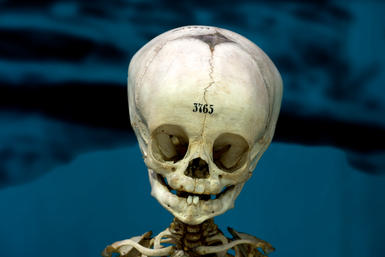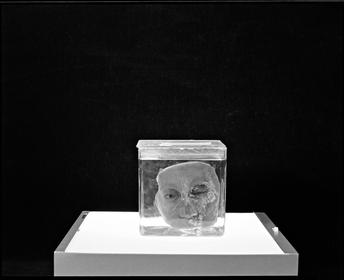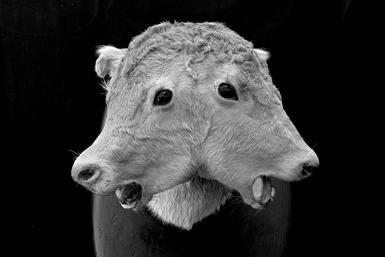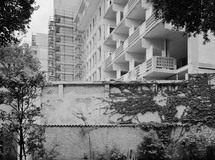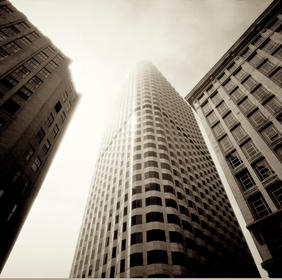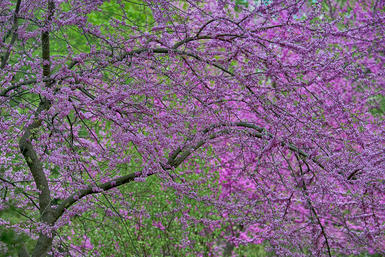1976. I know, another century, way before you were born, archaic pictures from a different time, totally irrelevant to present day photography. Well, you don't have to read this but that's where I am going, showing you some work I made then. In the mid 70's I had started teaching at the New England School of Photography (NESOP) in Boston and was shooting a lot of 35mm, in earlier days with a Nikon and then a little later a Leica M4. Most summers I spent some time with my folks at Martha's Vineyard where the family home is. Going to the beach I'd bring a camera. We had access to a private beach on the South Shore called Squibnocket in those days. On long afternoons in the hot summer sun I would wander off and explore with a camera loaded with Kodak black and white infrared film and a 25A three stop red filter on the front of a wide angle lens. This below is typical of the kind of picture I'd make, hanging the camera around my neck and setting it on a self timer, my hands sliding into the frame, a desire to interact with what was in front of me, to play a part in the picture:

Way back there as two dots on the water are a pair of swans. This was taken after walking back from the shore and the surf to a private inland pond. I made many more like these in those years, not really knowing why, not able to verbalize well what the motive was, more of a feeling than a thought. I wasn't alone, others were making more personal pictures, extending photography to areas not seen before, putting themselves in the frame. Occasionally I still do this. These from Iceland a few years ago:



I believe this way of working affirms a belief in the medium's inherent malleability, in its capability of being almost anything visual, looking like what is in front of the lens, looking nothing like the reality at all.
At any rate, bringing it back to infrared in the 70's, I had started photographing foliage in the spring and summer with the film, knowing it reacted to the chlorophyll in the foliage, rendering it light, while making blue skies go dark.



These are from Mt Auburn Cemetery in Cambridge, MA near where I live. Mt Auburn has been a source of many of my pictures over the years. These and more I used for a grant application in 1978, which I did not receive.
I wanted to exert controls over the pictures then that would alter the images, make them in strong color (chemically toned black and white prints), using a wide lens (in this case the 21 Summicron lens on a Leica), and making them as big as I could get away with, 16 x 20 inches.
Eventually I found my hands slipping into cemetery pictures locally and as I travelled. These never became a fixed set, just an amalgam of pictures from different locations.





I don't have a strong background in religion and am not religious now. But not believing in a fixed religion doesn't mean you don't have a sense of purpose or that you aren't spiritual in some way. I think of these pictures as speaking to a connection, to empathy for others and a desire to connect on a level that is sympathetic. I've never shown them, until now.
I can cite two friends as influences: Jane Tuckerman, who has worked in infrared her whole career and who was a colleague of mine at Harvard, and Peter Laytin, who first exposed me to infrared and its possibilities. Thanks to you both.
After these I moved on to photograph using infrared at the concentration camp Dachau, in Germany. Let me know if you'd like to see those.









